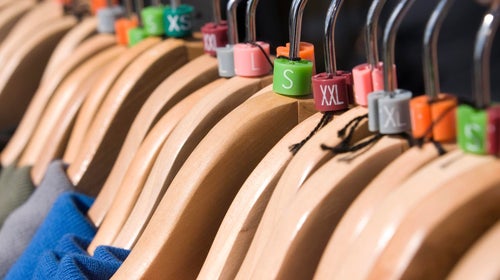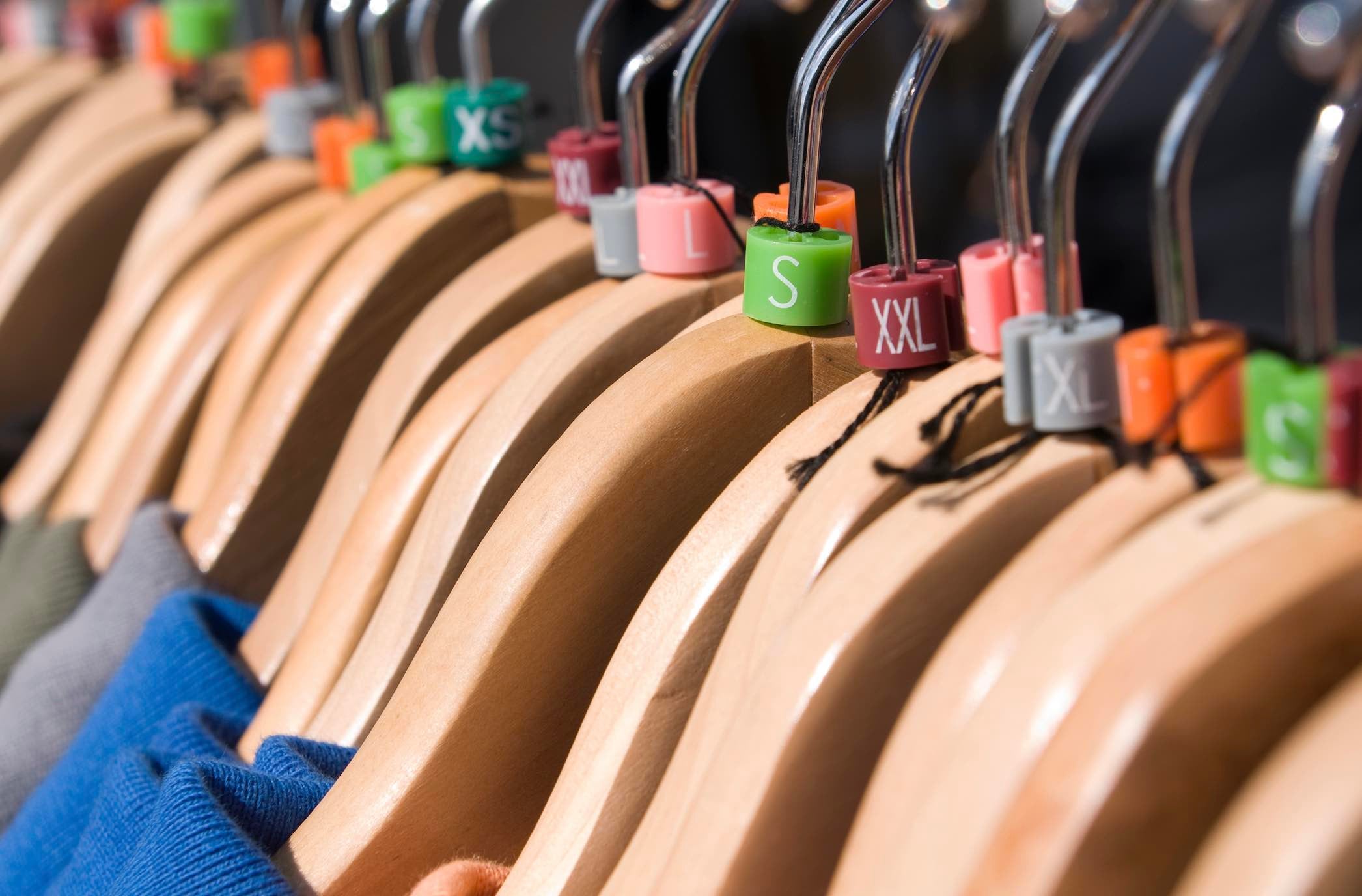A new study published by the subscription-box service Cairn shows that outdoor brands are producing apparel that’s too small, on average, for consumer demand.
Cairn, which is owned by ���ϳԹ��� Inc. (���ϳԹ��� Business Journal’s parent company), analyzed 70,000 of its own customer-provided data points spanning seven years to get a picture of average size preferences across a broad swath of outdoor consumers. The team at Cairn then compared those numbers to production-run distributions at four undisclosed outdoor brands and found that, almost across the board, apparel production favors smaller sizes than what consumers actually want.
“One issue we constantly run into is the lack of extended sizing for both males and females on both ends of the sizing spectrum,” said Jared Peterson, senior manager of commerce at ���ϳԹ���, explaining the motivations behind the project. “Our hope was that we could use our demographic data from subscribers and marry that with industry data to shine a light on the issue.”
In the report, Cairn pointed out that sizing for outdoor brands rarely goes above a men’s or women’s XL. Despite that limitation, “Cairn receives feedback regularly from our members that failing to provide higher sizing leaves many without an option among outdoor brands,” according to the study.
“We think [this study] is a representative sample of the general outdoor enthusiast,” said Matt Keenan, senior manager of finance at ���ϳԹ���. “Overall, we found that the sizing distribution in the Cairn demographics skews higher than what brands are producing.”
The study also noted that the problem extends to sample sizes shipped to retailers, sales reps, and media for testing. The standard sizing for these samples, Cairn said, tends to be women’s small and men’s medium. But according to the study data, brands should be shipping women’s medium and men’s large, as those are the sizes representative of the greatest number of consumers who will actually purchase the goods.
“I believe that the standard sizes used as brand samples are not a good representation of what the average consumer will be wearing,” Keenan said. “If the average male upper body size is just above a large—as is seen in the Cairn data—that is the size a brand should produce as a sample to better understand the fit and form for their average customer.”
Mismatched Demand and Production
The discrepancies between sizing and demand are most distinct at the higher end of the sizing spectrum, the study noted. This follows a clear industry trend of underproducing clothing for consumers who need larger sizes.
According to the study, “for men’s upper body sizing, no brands surveyed had production runs that produced the XXL size in proportion to the sizing represented by the Cairn customer demographics. This difference is almost always offset by an over production of sizes small and medium.”
For women’s upper-body sizing, only one brand showed production of any XXL apparel at all, despite the fact that XXL is the appropriate size for 4 percent of Cairn’s female customer base—nearly one in 20 women.
“In addition,” the report stated, “size XL represents 16 percent of the Cairn customer demographics [for women’s upper-body apparel] and three out of the four brands surveyed designate at most 10 percent of their production run to this size.”
The problem also seems to be worse among women’s apparel than among men’s. “For men’s lower-body sizing, brand production was much closer to what is represented by the Cairn sizing data,” the study said. “For women’s lower-body sizing, all brands skewed their production percentages lower than what is represented by the Cairn sizing data. The production of apparel in women’s small is much higher for all brands studies than what the Cairn data suggest it should be.”
A summary of the report’s findings, including graphs illustrating production-demand discrepancies, is .


